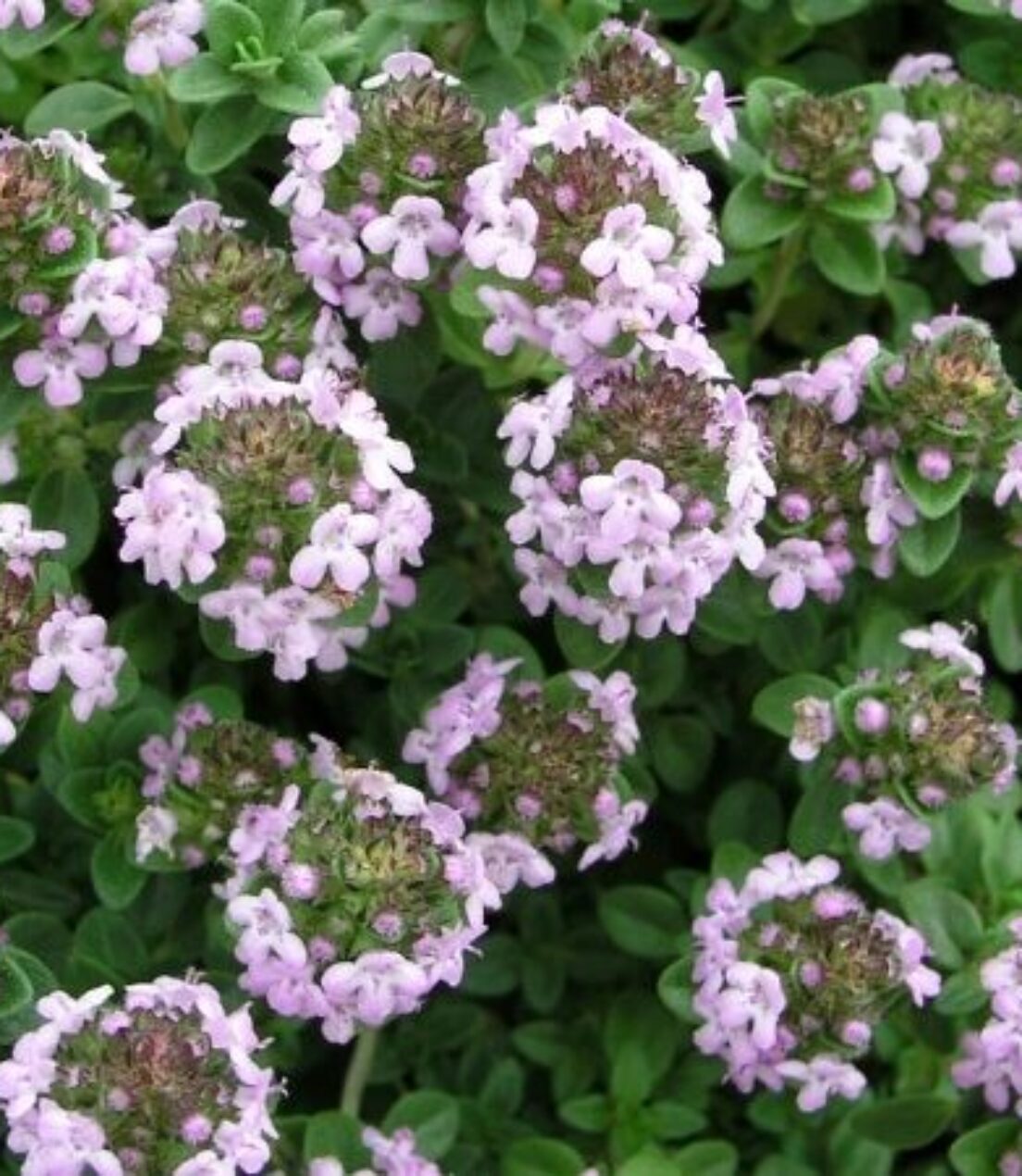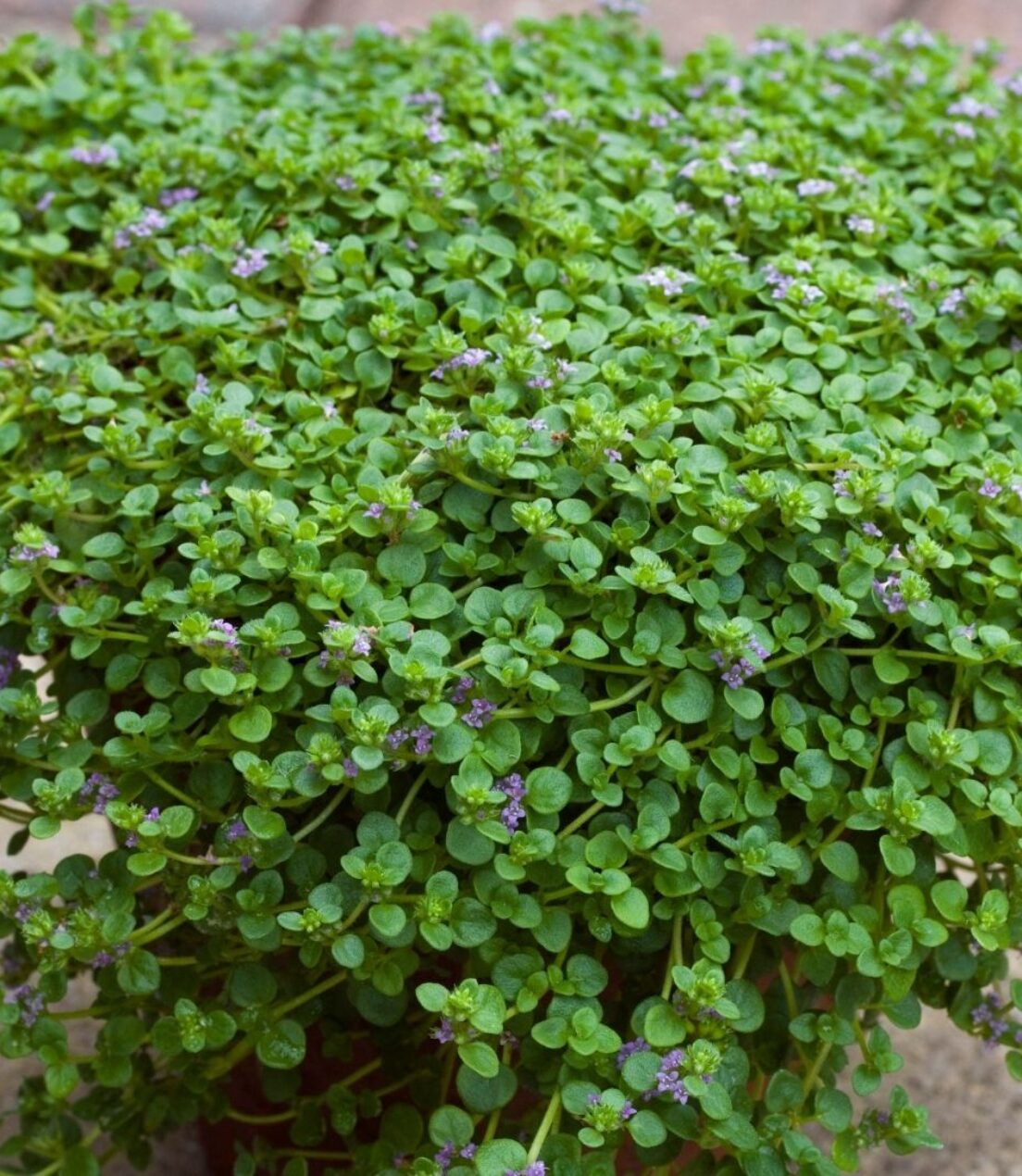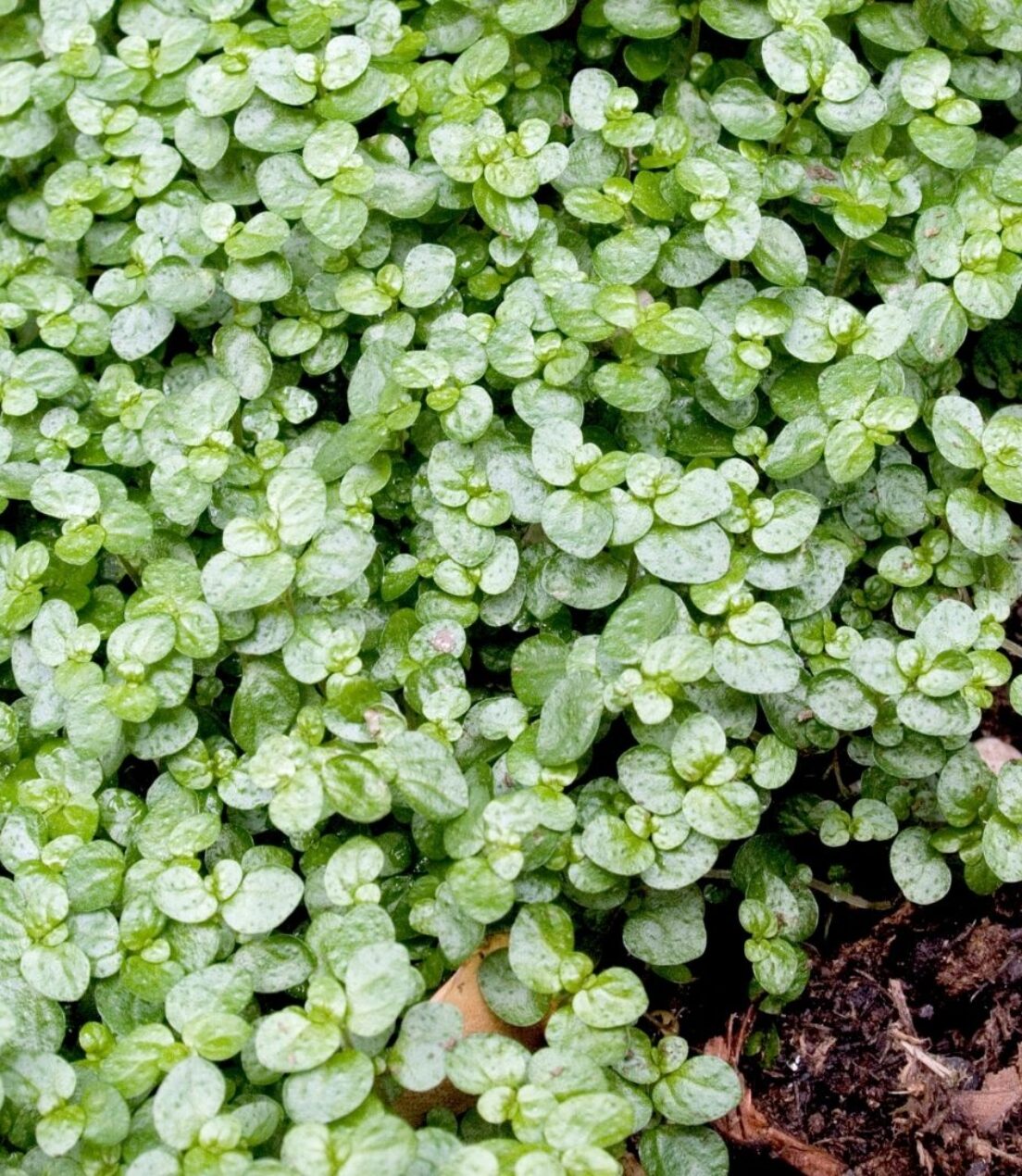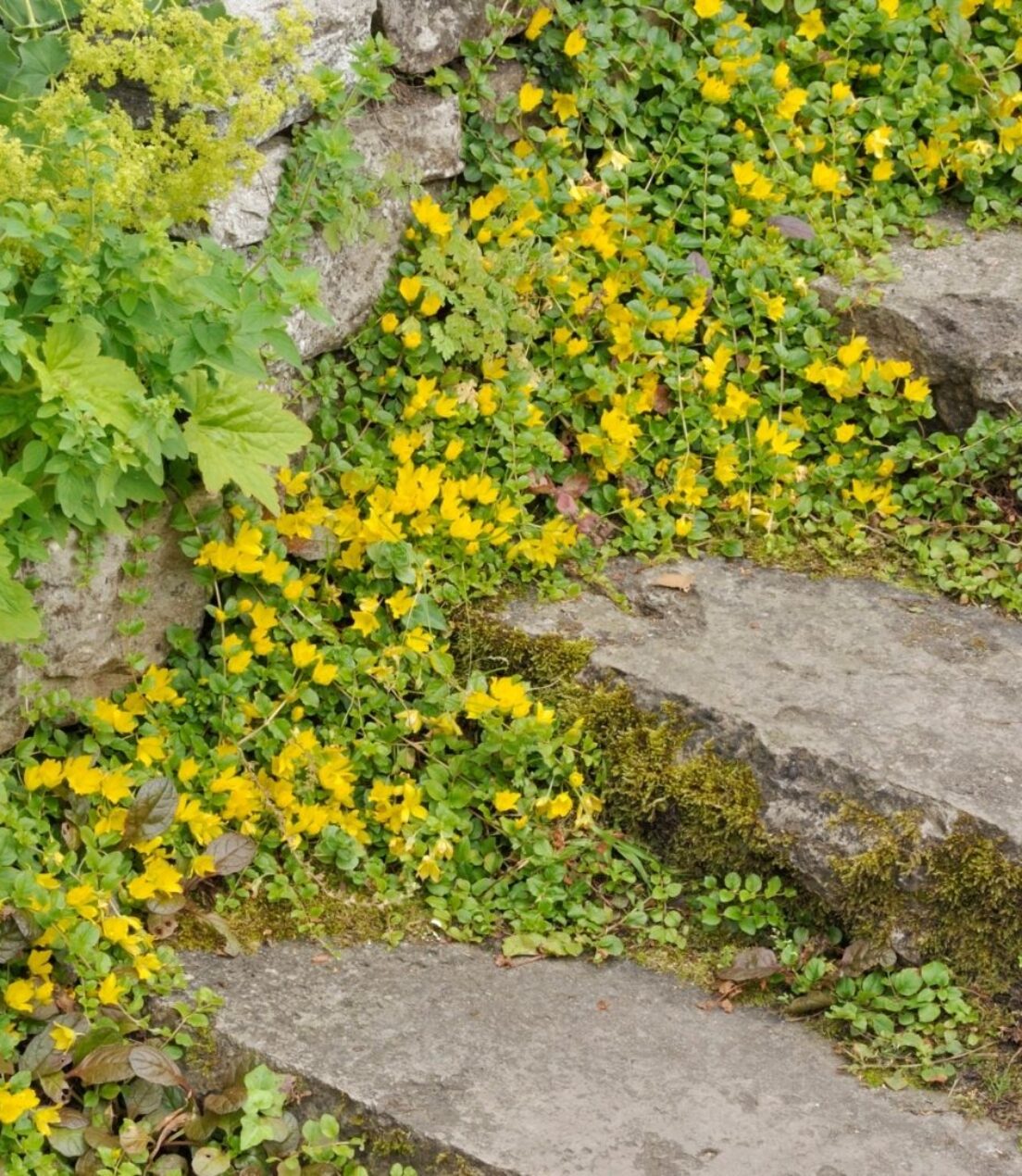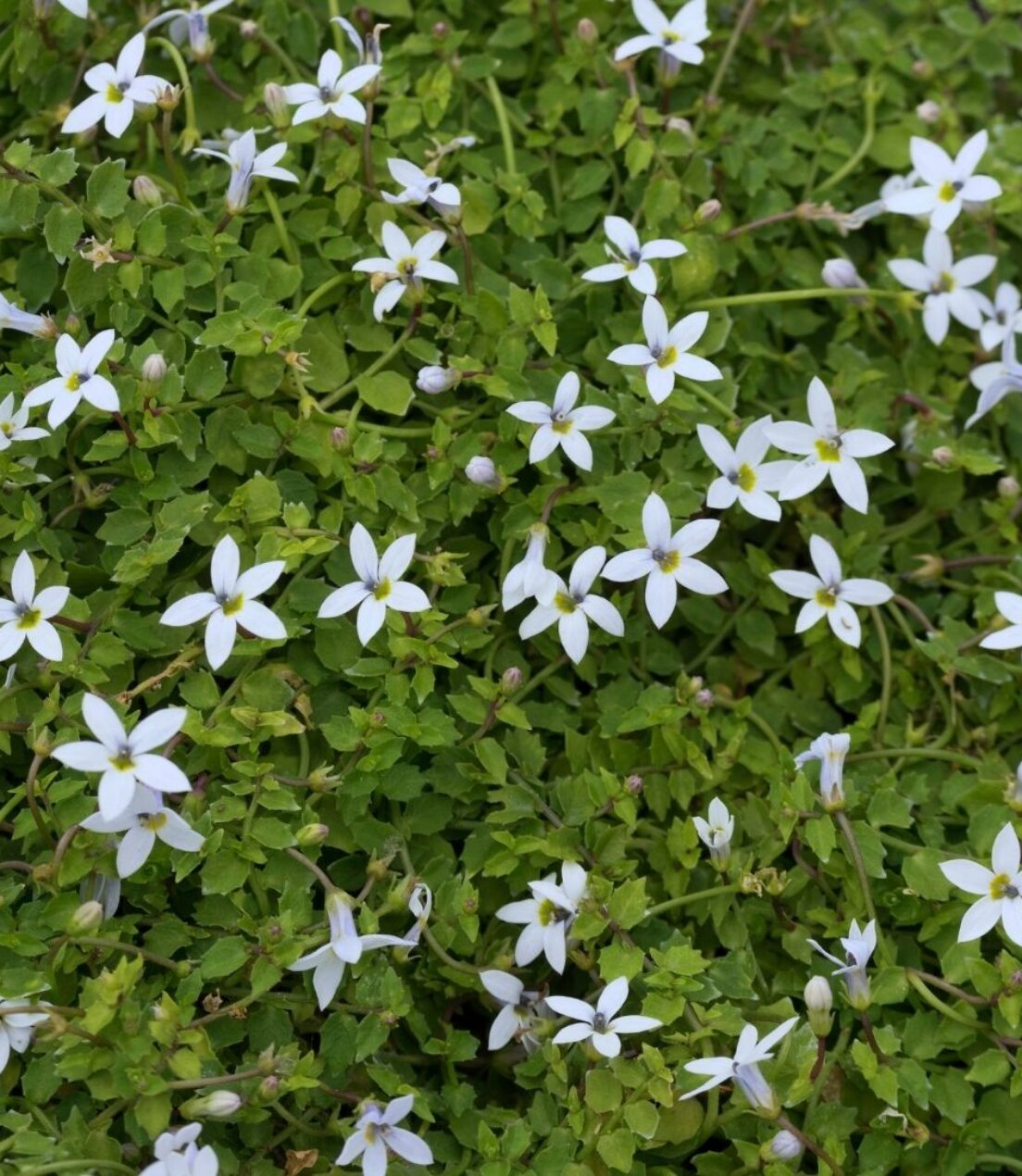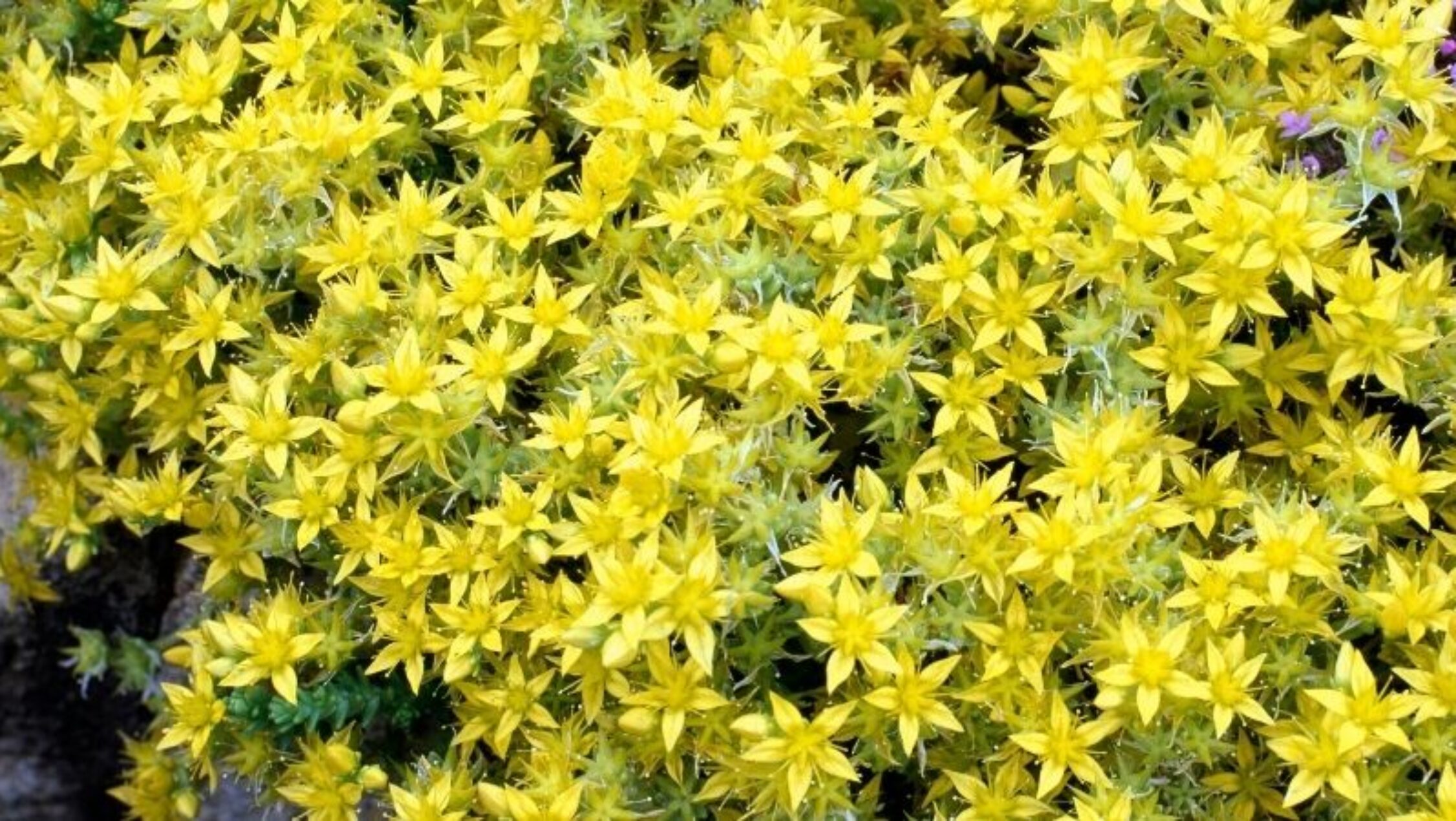Bring a softness to hard landscaping by introducing suitable plants between paving.
Are you looking to fill those spaces between stepping stones or pavers? Too often, pathway gaps are neglected. But, by deliberately introducing suitable plants between the pavers, you can soften hard lines and add a lush, living element to a design.

